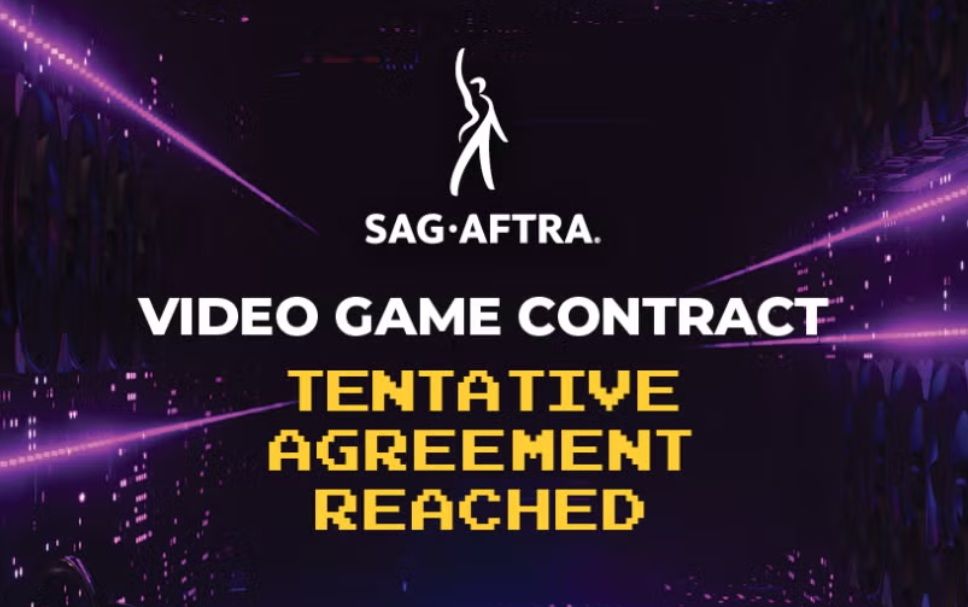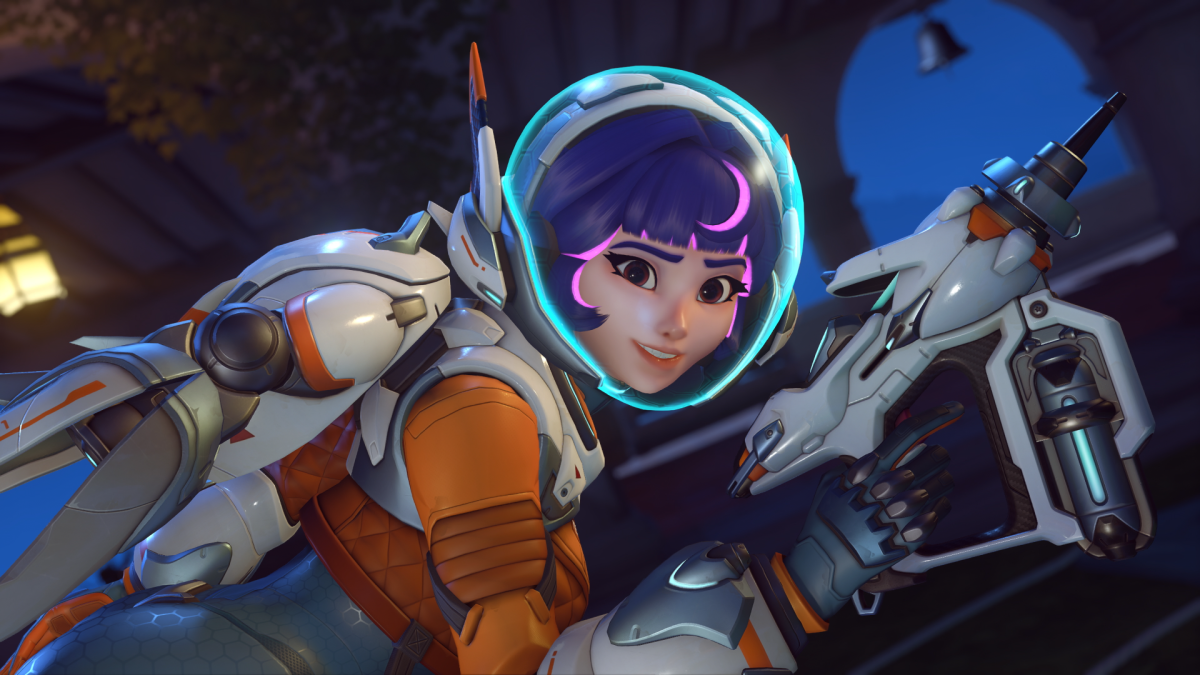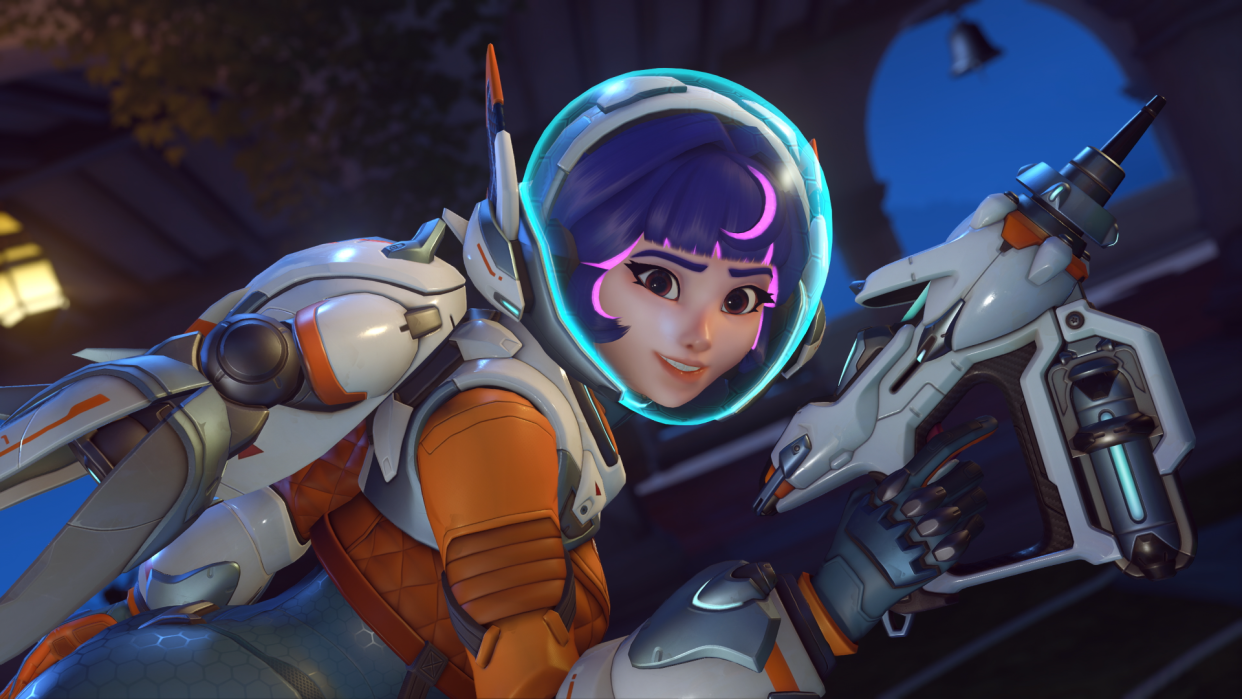## Victory in Voicesville? SAG-AFTRA Suspends Gaming Strike Over AI, But the Battle’s Not Over.
Remember that tense standoff in the gaming world? The one where actors walked off the virtual battlefield, uniting in a fight for fair treatment and protection against the encroaching threat of artificial intelligence? Well, hold onto your controllers, gamers, because things just got a whole lot more interesting.

The Impact on Gaming and Performers

The recent agreement between SAG-AFTRA and the gaming industry has significant implications for the future of voice acting in games. With the rise of AI-generated voices, performers are concerned about the potential loss of work and compensation. The agreement aims to address these concerns by establishing AI guardrails and protections for performers.

The Role of AI in the Gaming Industry
AI-generated voices have become increasingly prevalent in the gaming industry. Games like Destiny 2 and World of Warcraft have used AI-generated voices to fill in gaps left by the strike. However, this has raised concerns about the potential for AI to replace human performers entirely.
The use of AI-generated voices has also led to some awkward moments, such as the AI Aloy video that leaked online. This video raised concerns about the use of AI-generated voices to replace human performers without their consent or compensation.

The Future of Voice Acting in Games
The agreement between SAG-AFTRA and the gaming industry aims to establish clear guidelines for the use of AI-generated voices and ensure that performers are fairly compensated for their work. This may involve changes to the way voice acting is approached in game development, including the use of AI-generated voices as a supplement to human performers rather than a replacement.
The agreement also raises questions about the future of voice acting in games. Will AI-generated voices become the norm, or will human performers continue to play a central role in game development? The answer remains to be seen, but one thing is certain: the future of voice acting in games will be shaped by the agreement between SAG-AFTRA and the gaming industry.
The Impact on Game Development and Design
The agreement between SAG-AFTRA and the gaming industry will also have implications for game development and design. With the establishment of AI guardrails and protections for performers, game developers will need to consider the use of AI-generated voices in their games and ensure that they are complying with the new guidelines.
This may involve changes to game mechanics and storytelling. For example, games may need to include more human-performed voices to ensure that performers are fairly compensated for their work. Alternatively, games may need to find new ways to incorporate AI-generated voices in a way that complies with the agreement.
What’s Next for SAG-AFTRA and the Gaming Industry
The agreement between SAG-AFTRA and the gaming industry is just the beginning. With the establishment of AI guardrails and protections for performers, the future of voice acting in games will be shaped by this agreement.
One of the key implications of the agreement is the potential for new opportunities and challenges for game developers, publishers, and performers. The agreement may lead to new business models and revenue streams, such as the use of AI-generated voices to create new characters and storylines.
New Opportunities and Challenges
The agreement between SAG-AFTRA and the gaming industry raises new opportunities and challenges for game developers, publishers, and performers. With the establishment of AI guardrails and protections for performers, game developers will need to consider the use of AI-generated voices in their games and ensure that they are complying with the new guidelines.
This may involve changes to game mechanics and storytelling. For example, games may need to include more human-performed voices to ensure that performers are fairly compensated for their work. Alternatively, games may need to find new ways to incorporate AI-generated voices in a way that complies with the agreement.
The agreement may also lead to new business models and revenue streams, such as the use of AI-generated voices to create new characters and storylines. This could lead to new opportunities for game developers, publishers, and performers to create new and innovative games.
Conclusion
The dust has settled, at least for now, on the SAG-AFTRA strike in the gaming industry. After tense negotiations, the union has agreed to suspend its action, securing crucial safeguards against the unchecked use of AI in voice acting. This suspension marks a significant victory for performers, recognizing their fundamental right to fair compensation and creative control in a rapidly evolving technological landscape. The agreement signals a shift in the gaming industry’s approach to AI. The lines have been drawn, and studios now understand that incorporating cutting-edge technology doesn’t come at the expense of human artistry. This outcome could have far-reaching implications, setting a precedent for other industries grappling with the ethical and economic challenges of AI integration. As AI tools become increasingly sophisticated, the battle for fair treatment and creative ownership will undoubtedly continue. This is just the first chapter in a story that will shape the future of entertainment. The question remains: will studios embrace collaboration and innovation, or will they continue to prioritize profit over the fundamental value of human creativity? The answer, ultimately, lies in the hands of those who shape the stories we tell and the worlds we explore.
